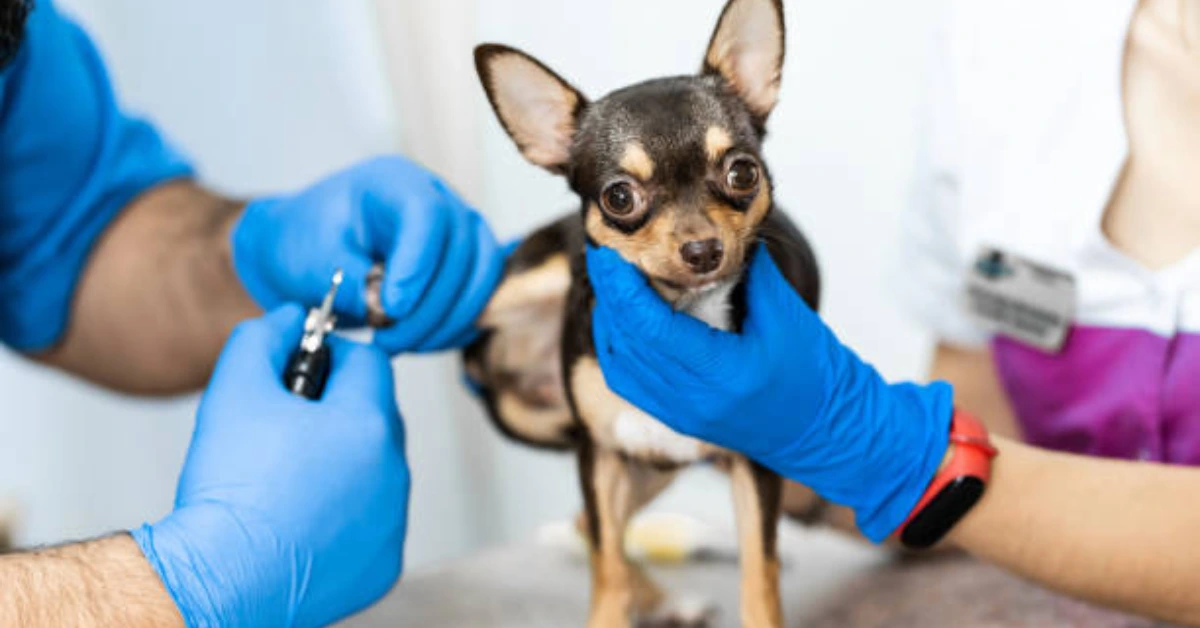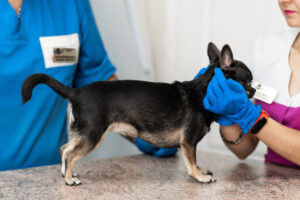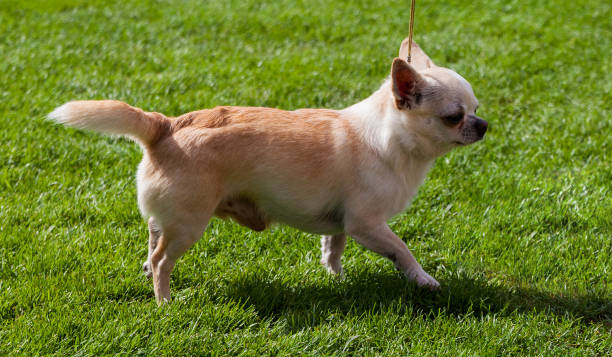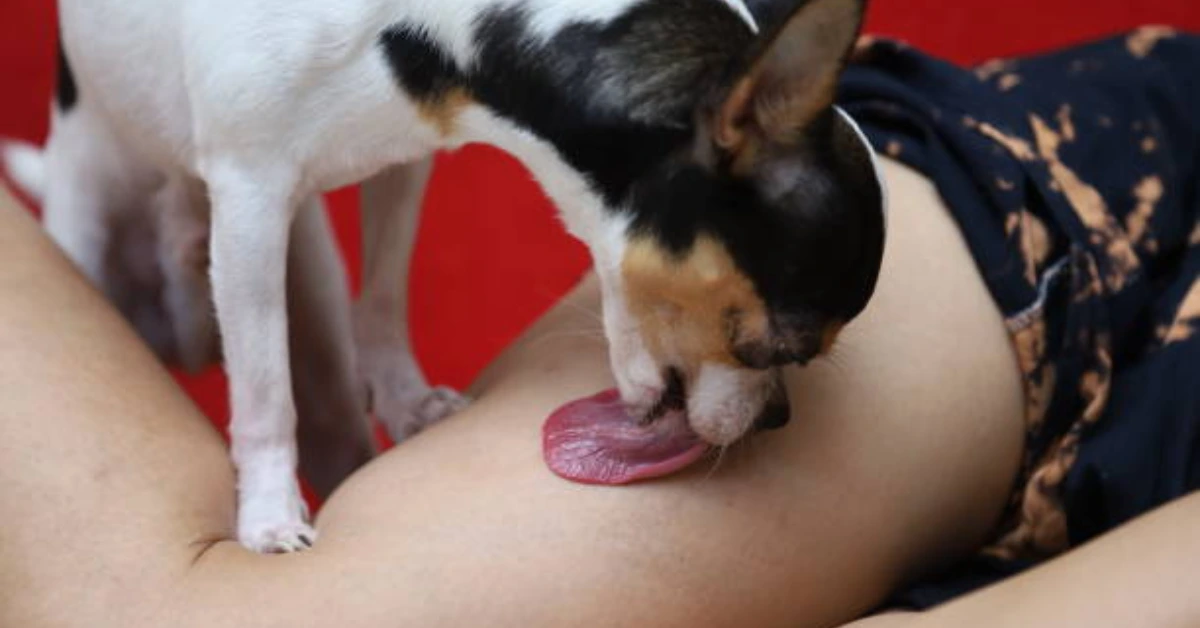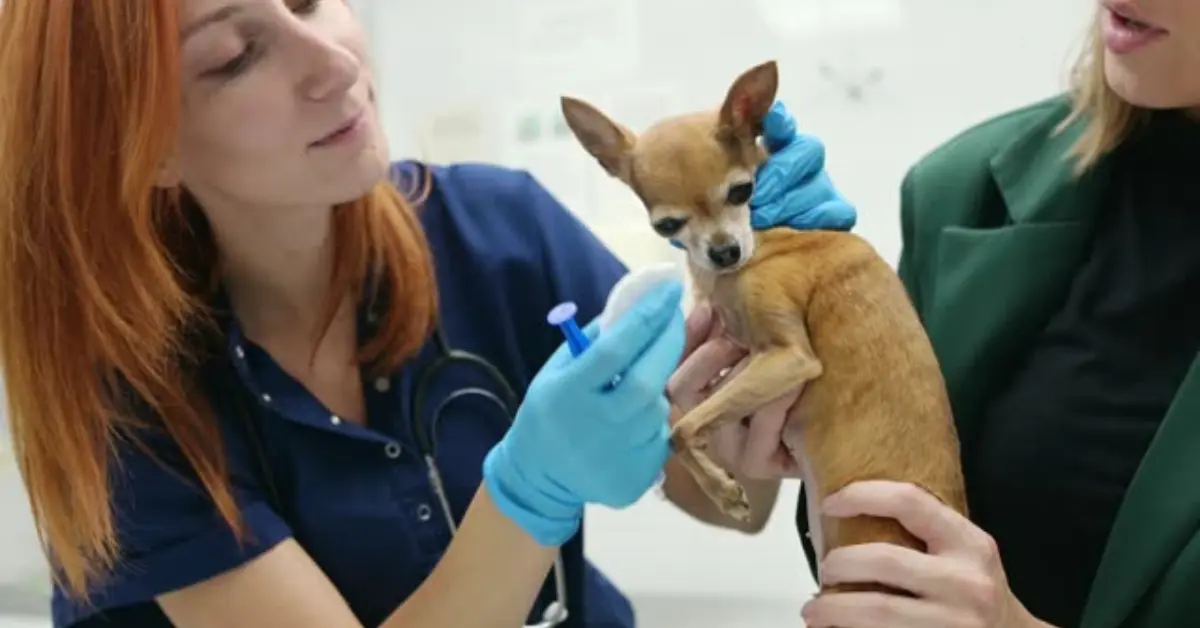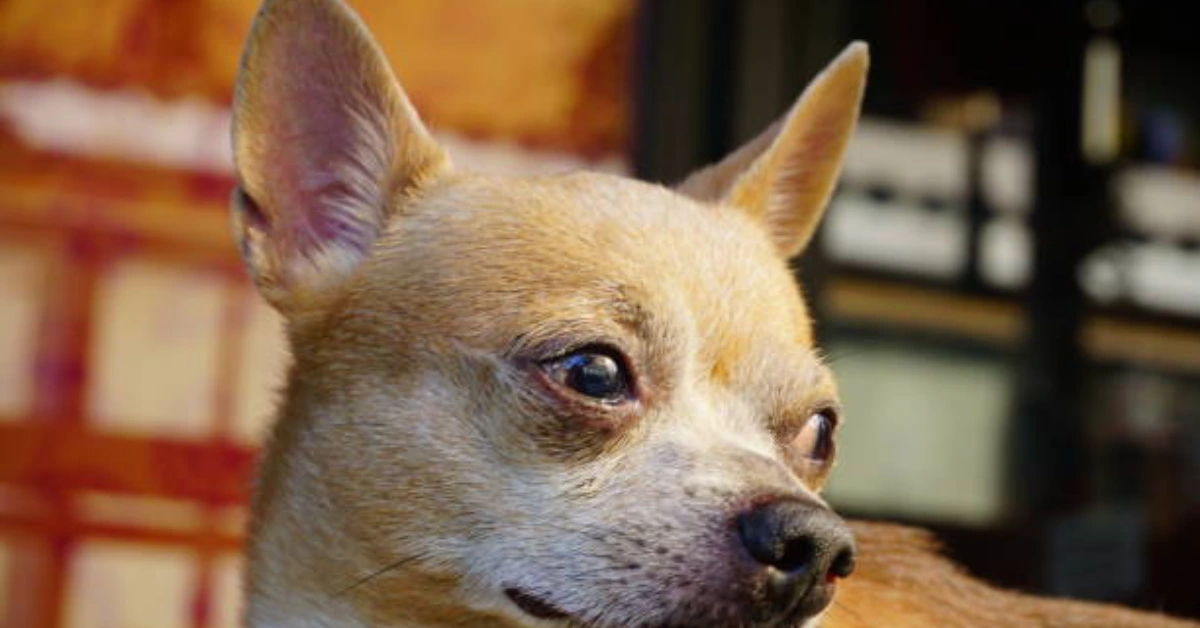Every chihuahua owner hopes they never have to deal with this, but dogs become sick and have diseases just like other living things. Diabetes is one of these conditions. This is typical “sugar diabetes,” and it typically affects older dogs. Although there is no solution for diabetes, you can handle and monitor it in ways that are comparable to those used by people.
There are measures you, as the dog owner, may take to assist prevent your canine friend from getting diabetes in the first place in addition to managing the condition. To put appropriate procedures and measures in place, it is crucial to comprehend the fundamentals of diabetes.
To learn what you can do to aid your dog, keep reading.
Advertisement
Types of Diabetes in Dogs
It’s challenging to define in detail what happens when a human or dog gets diabetes. Yet, in essence, diabetes is characterized by insufficient insulin production by the pancreas. Which is required for cells to be able to absorb glucose (or sugar) from the blood. Because cells cannot absorb enough glucose when there is insufficient insulin. Glucose builds up in the circulation, resulting in sick cells and blood that is overloaded with glucose, which can harm the organs nearby.
Chihuahuas who are diagnosed with diabetes can have a somewhat normal and happy life. Despite the fact that the condition is not entirely curable.
There are typically two distinct forms of diabetes that can affect canines. Although there are two varieties of diabetes that can affect people as well, none of the two “recognized types” of canine diabetes exactly corresponds to human diabetes.
Yet, when a dog has diabetes, they typically experience one of two problems.
The first explanation is that a diabetic dog’s inability to produce enough insulin results in the disease’s onset. The second problem, on the other hand, occurs when the dog develops diabetes because of something (the reason for which can vary).
Having said that, most often, when talking about “dog diabetes,” people are talking about sugar diabetes, as we covered above. It’s important to remember that dogs can also develop other types of diabetes, such as diabetes insipidus, sometimes known as water diabetes.
Diabetes in Chihuahuas: Risk Factors
Similar to people, there are some things that can increase a dog’s risk of getting diabetes. Risk factors most frequently include:
- Breed: A 2003 study that looked at the prevalence of diabetes in thousands of American dogs found that mixed-breed dogs were generally more susceptible to the disease than purebred dogs. But among purebreds, vulnerability varied widely between breeds.
- Age: Diabetes is more prone to occur in older dogs.
- Gender: In general, intact male dogs are less prone to develop diabetes than female dogs or neutered male dogs.
- Weight: One of the major risk factors for canine diabetes is assumed to be obesity. In addition, it is believed that other illnesses that affect pets as they age, such as pancreatitis, whether brought on by obesity or not, increase a dog’s risk of developing diabetes.
- Steroids: Chronic use of drugs containing corticosteroids is thought to increase the likelihood that a chihuahua will develop diabetes.
Generally, though, a dog may develop diabetes at any age, regardless of their particular risk factors. So it’s critical to know what to watch for and call your veterinarian if you believe your dog has or is at a higher risk for developing diabetes.
Symptoms of Diabetes In Chihuahuas
If your chihuahua begins acting strangely, you might question, “Is my dog diabetic?” Knowing the symptoms of diabetes in chihuahuas can help you be aware of what to look out for given the prevalence of the condition and its seriousness in all breeds of dogs. In light of this, if you ever wonder: How do I tell if my dog has diabetes? Consult this list as necessary.
The following signs of canine diabetes are most typical:
- increased or unusual thirst or hunger
- Loss of weight
- Often urinating (some dogs have accidents in the house)
- A diminished appetite
- Cloudy vision
- infections that repeat continuously
It’s crucial to consult your veterinarian if you believe your dog may be exhibiting signs of canine diabetes. Diabetes can make your dog more susceptible to other dangerous illnesses, especially if you didn’t treat it.
Diabetes in Chihuahuas: Diagnosis
As we previously indicated, you should schedule an immediate consultation with your veterinarian if you believe your chihuahua may have diabetes. If your dog has diabetes or not, can only be determined with certainty by your veterinarian.
Your dog’s veterinarian will likely undergo a glucose test to identify diabetes in your dog by looking for an abundance of sugar. Further blood tests may be run by your veterinarian to confirm the diagnosis and rule out any additional disorders.
Treatment Of Diabetes In Chihuahuas
Your chihuahua’s diabetes will be diagnosed by your veterinarian, who will then decide on the right insulin, dose, and dosing schedule. After that, your veterinarian will walk you through the insulin injection process. Your dog must receive insulin in this manner. You can not give it orally.
As soon as your chihuahua begins receiving diabetic treatment, you should keep a close eye on him because there is no one-size-fits-all cure and your vet may need to modify the regimen and dosage. Yet, generally speaking, your dog will require one to two daily insulin shots.
Also, you might need to know how to check your chihuahua’s blood sugar levels and be alert for any symptoms that point to a high or low glucose level in your dog.
In addition to insulin, your dog will also receive various treatments for their diabetes. Particularly if your dog is already overweight, you must make sure he consumes the right foods and gets the activity he needs.
How To Manage Diabetes in Your Chihuahua
There are extra tactics you can use to control your chihuahua’s diabetes and make sure he’s in the greatest position to live a long and full life. Even though giving your tiny chihuahua insulin as directed by your veterinarian will be the primary method of therapy.
Here are some strategies for controlling canine diabetes:
- Give your chihuahua a healthy diet. What is the ideal diet for dogs with diabetes is still a topic of research. A diet high in fiber and low in fat is important and the majority of veterinarians advise it. Your veterinarian can suggest a homemade diet created by a veterinary nutritionist, or a prescription dog food produced specifically for dogs with diabetes. If a dog won’t consume a special diet, you should give extra consideration when choosing a standard dog food.
- Ensure that your chihuahua receives enough exercise. Exercising not only decreases blood glucose levels but also can help your dog lose weight. Every day, your dog needs to exercise for roughly the same amount of time and with roughly the same level of effort. Consistency is key since exceptionally long or intense exercise sessions might induce dangerously low blood glucose levels.
- Help your dog reduce weight if necessary. Losing a few pounds can help a dog’s diabetes condition by increasing the cells’ sensitivity to insulin. Which makes it simpler for them to absorb glucose.
- Keep a close eye on your dog. Although all dog owners give their dogs special attention and maintain a high level of concern for their health and well-being, this is especially crucial for dogs with diabetes. You should keep an eye on your dog’s prescriptions, nutrition, and exercise regimen, as well as how his regular activities improve or aggravate his condition. Call your veterinarian if you ever suspect a problem.
Additional Tips:
- See the vet frequently for checkups on your dog. Any dog should do this, but it’s especially wise if your chihuahua has diabetes. After all, if your dog has diabetes, additional ailments like cataracts, renal disease, nerve disease, infections, etc. can quickly arise. The vet can keep an eye on your dog’s diabetes and screen for any other potential conditions by seeing him or her frequently. Again, call your vet right away if you notice or believe that your diabetic chihuahua is experiencing any other health problems.
- Corticosteroids. Anti-inflammatory medications called corticosteroids is good to treat conditions like lupus, vasculitis, and arthritis. These can lead to diabetes if used repeatedly.
- Spay Your Female Chihuahua. Female dogs are more likely to develop diabetes, particularly those that have just given birth. After giving birth, the hormone progesterone increases. And it is this hormone that puts female canines at risk for health issues. Although spaying your female dog won’t serve as an immunization, it will reduce their risk of developing diseases that raise blood sugar levels.
How to Prevent Diabetes in Chihuahuas
The ideal treatment for diabetes is prevention. There are steps you can do right away and in the future to make sure your dog is in the greatest health possible to prevent having diabetes. Even if you might not be able to completely prevent it in chihuahuas.
In fact, the most effective preventative measures resemble the treatment alternatives we just covered.
Start by giving your chihuahua balanced food. Your dog can avoid diabetes by eating a healthy, balanced diet.
Second, make sure your chihuahua exercises frequently and don’t allow him to gain weight. Keeping your dog at a healthy weight will help avoid diabetes and other weight-related problems since overweight dogs are more prone to develop the condition.
Lastly, take your dog to the vet on a regular basis. The greatest person to aid you and offer ideas for maintaining your dog in the best possible health will be your veterinarian. If they notice any conditions or symptoms that could later turn into diabetes.
Last Word
Keep your cool and follow medical advice if your chihuahua has been diagnosed with diabetes. You can handle it and regulate it so that your chihuahua lives a happy life with you and your family for many years. It is not a death sentence. Note that pregnant female dogs may have a brief state of insulin resistance. Better to have them examined just in case. Despite your best efforts, some dogs may inevitably develop diabetes. So it’s better to maintain them as healthy as you can to reduce the likelihood.
YOU MAY ALSO LIKE:
Hypoglycemia In Chihuahuas: Why It Happens, How To Treat It, And More
Advertisement

